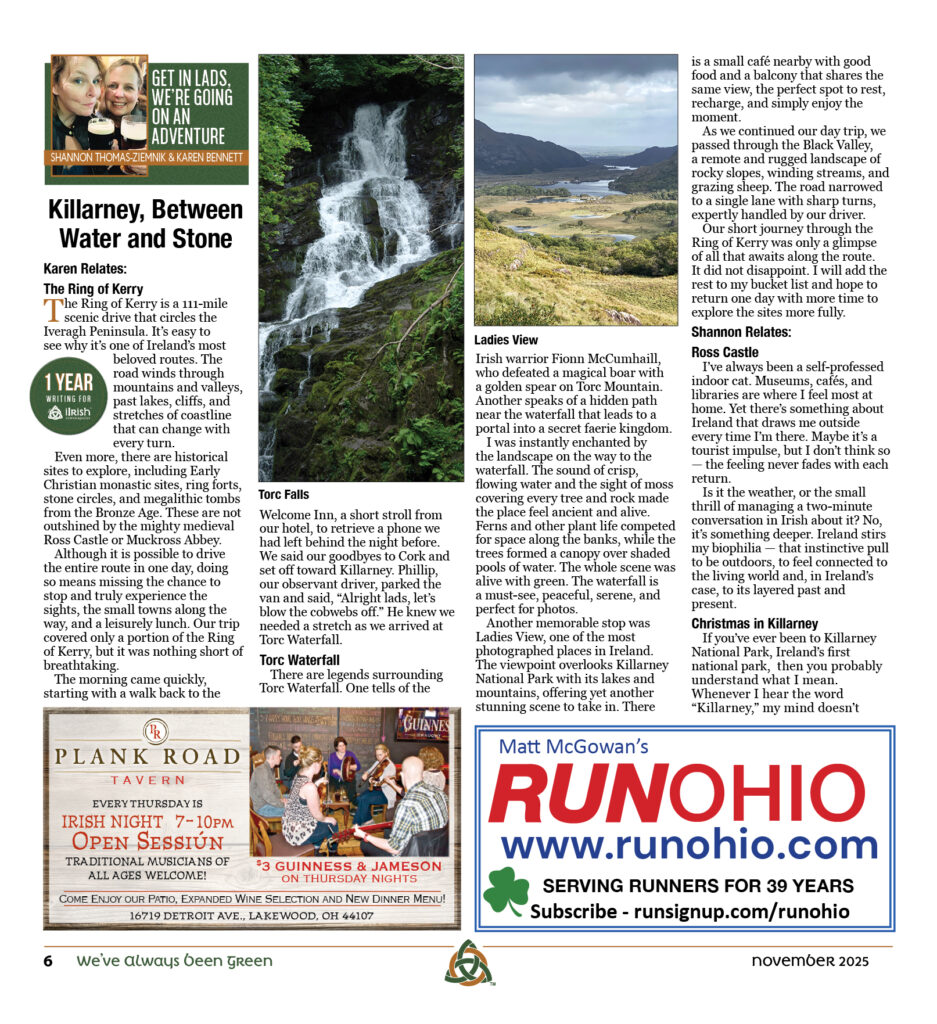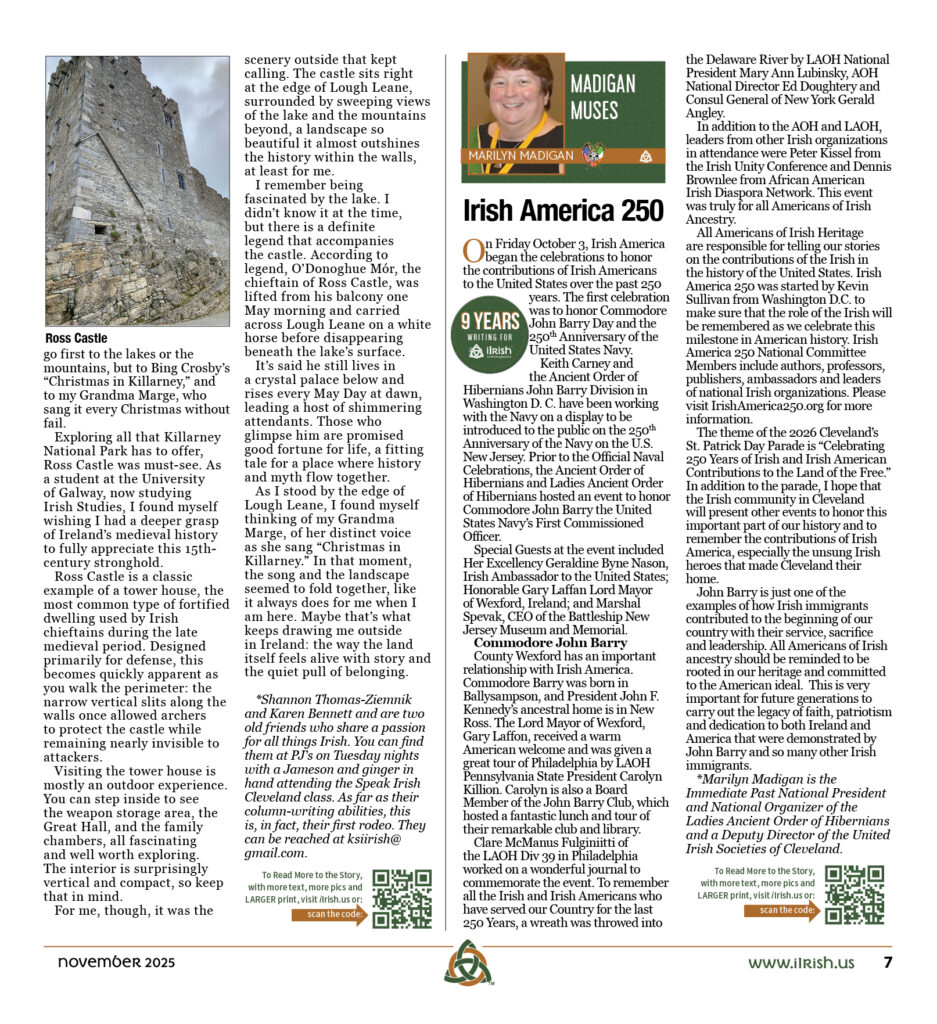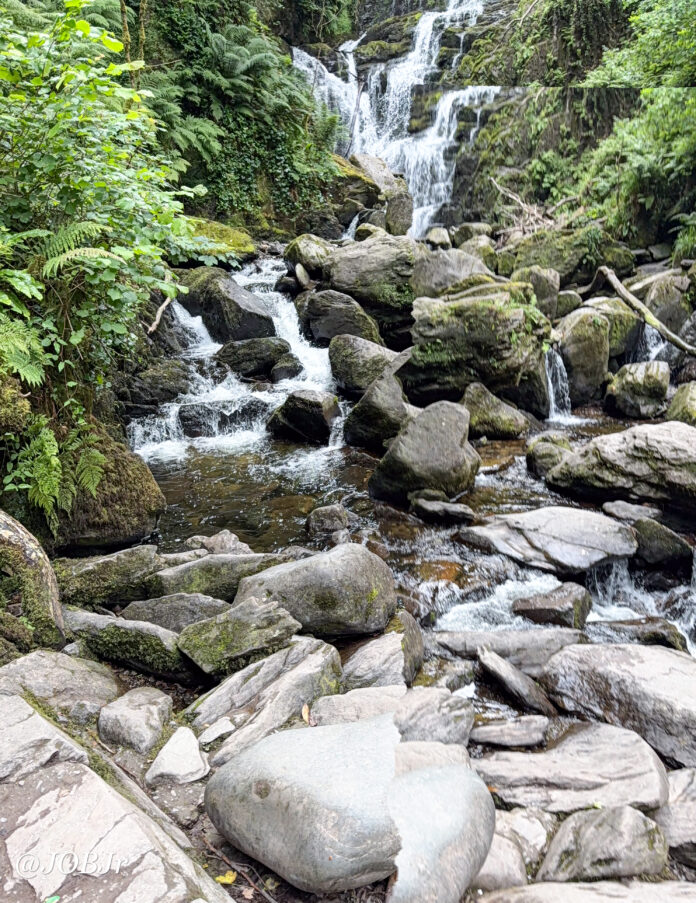
Karen Relates: The Ring of Kerry
The Ring of Kerry is a 111-mile scenic drive that circles the Iveragh Peninsula. It’s easy to see why it’s one of Ireland’s most beloved routes. The road winds through mountains and valleys, past lakes, cliffs, and stretches of coastline that can change with every turn.
Even more, there are historical sites to explore, including Early Christian monastic sites, ring forts, stone circles, and megalithic tombs from the Bronze Age. These are not outshined by the mighty medieval Ross Castle or Muckross Abbey.
Although it is possible to drive the entire route in one day, doing so means missing the chance to stop and truly experience the sights, the small towns along the way, and a leisurely lunch. Our trip covered only a portion of the Ring of Kerry, but it was nothing short of breathtaking.
The morning came quickly, starting with a walk back to the Welcome Inn, a short stroll from our hotel, to retrieve a phone we had left behind the night before. We said our goodbyes to Cork and set off toward Killarney. Phillip, our observant driver, parked the van and said, “Alright lads, let’s blow the cobwebs off.” He knew we needed a stretch as we arrived at Torc Waterfall.
Torc Waterfall
There are legends surrounding Torc Waterfall. One tells of the Irish warrior Fionn McCumhaill, who defeated a magical boar with a golden spear on Torc Mountain. Another speaks of a hidden path near the waterfall that leads to a portal into a secret faerie kingdom.
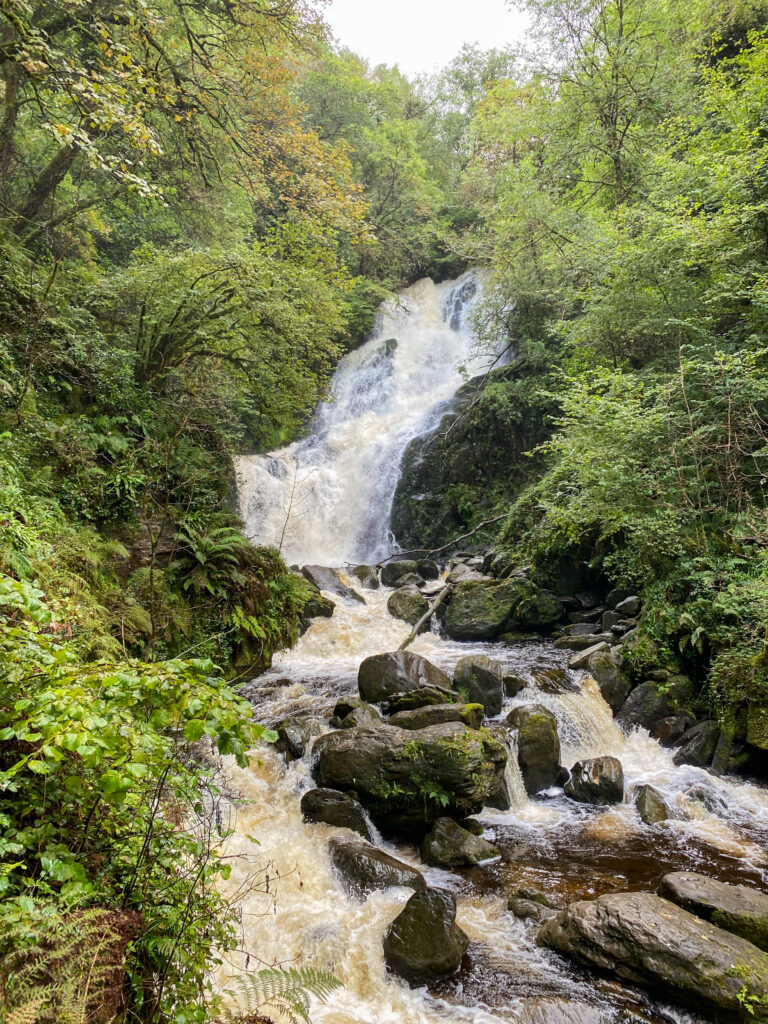

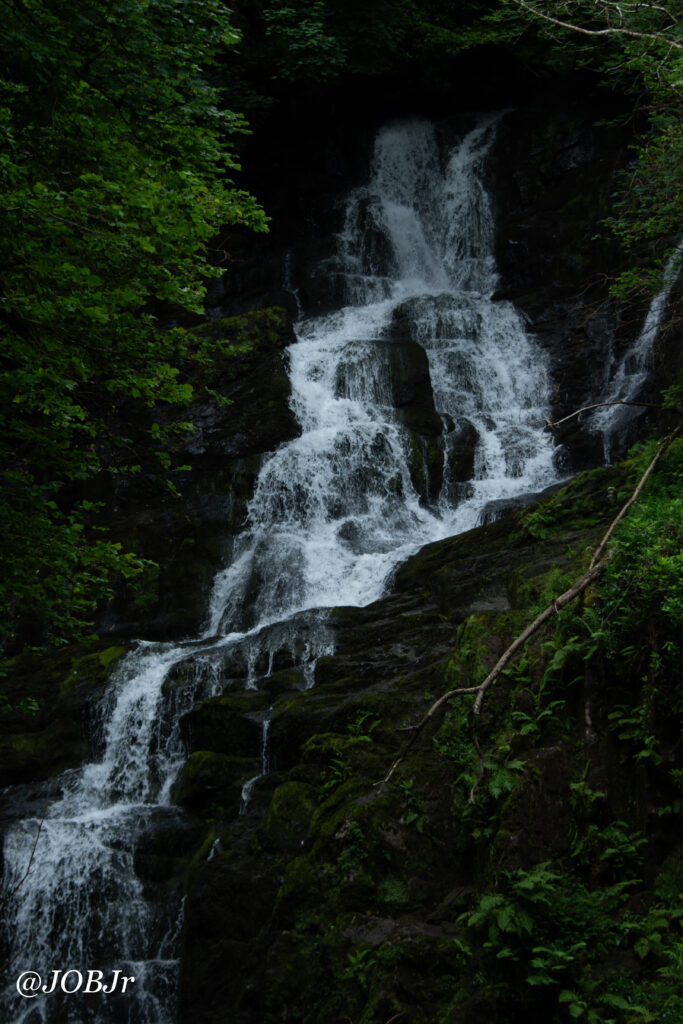
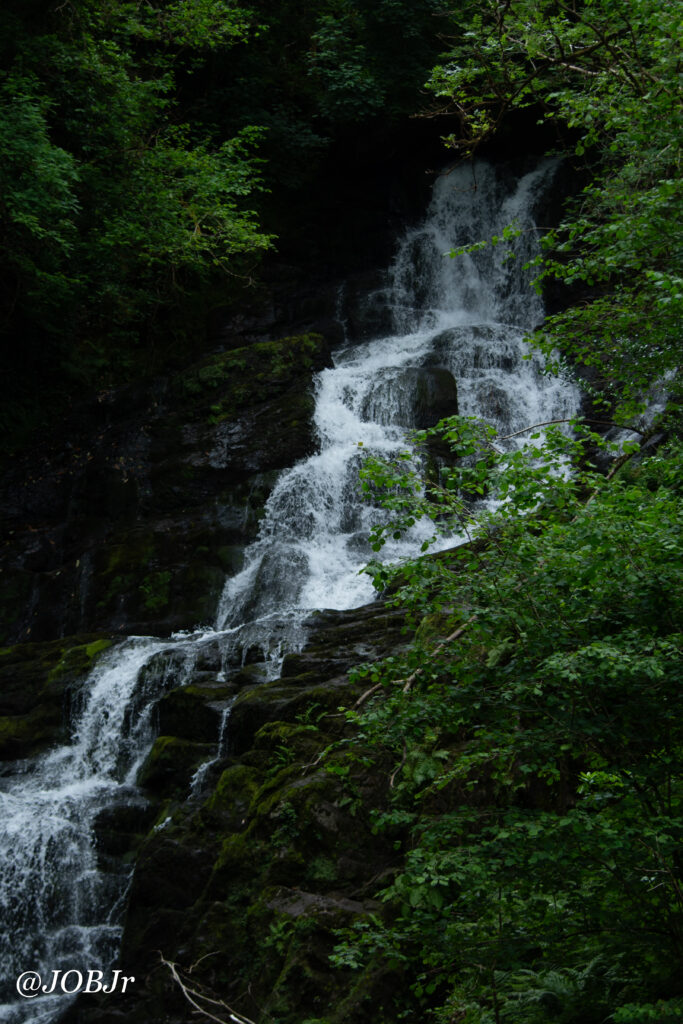
I was instantly enchanted by the landscape on the way to the waterfall. The sound of crisp, flowing water and the sight of moss covering every tree and rock made the place feel ancient and alive. Ferns and other plant life competed for space along the banks, while the trees formed a canopy over shaded pools of water. The whole scene was alive with green. The waterfall is a must-see, peaceful, serene, and perfect for photos.
Another memorable stop was Ladies View, one of the most photographed places in Ireland. The viewpoint overlooks Killarney National Park with its lakes and mountains, offering yet another stunning scene to take in. There is a small café nearby with good food and a balcony that shares the same view, the perfect spot to rest, recharge, and simply enjoy the moment.

As we continued our day trip, we passed through the Black Valley, a remote and rugged landscape of rocky slopes, winding streams, and grazing sheep. The road narrowed to a single lane with sharp turns, expertly handled by our driver. Our short journey through the Ring of Kerry was only a glimpse of all that awaits along the route. It did not disappoint. I will add the rest to my bucket list and hope to return one day with more time to explore the sites more fully.
Shannon Relates:
I’ve always been a self-professed indoor cat. Museums, cafés, and libraries are where I feel most at home. Yet there’s something about Ireland that draws me outside every time I’m there. Maybe it’s a tourist impulse, but I don’t think so — the feeling never fades with each return.
Is it the weather, or the small thrill of managing a two-minute conversation in Irish about it? No, it’s something deeper. Ireland stirs my biophilia — that instinctive pull to be outdoors, to feel connected to the living world and, in Ireland’s case, to its layered past and present.
Christmas in Killarney
If you’ve ever been to Killarney National Park, Ireland’s first national park, then you probably understand what I mean. Whenever I hear the word “Killarney,” my mind doesn’t go first to the lakes or the mountains, but to Bing Crosby’s“Christmas in Killarney,” and to my Grandma Marge, who sang it every Christmas without fail.
Exploring all that Killarney National Park has to offer, Ross Castle was must-see. As a student at the University of Galway, now studying Irish Studies, I found myself wishing I had a deeper grasp of Ireland’s medieval history to fully appreciate this 15th-century stronghold.
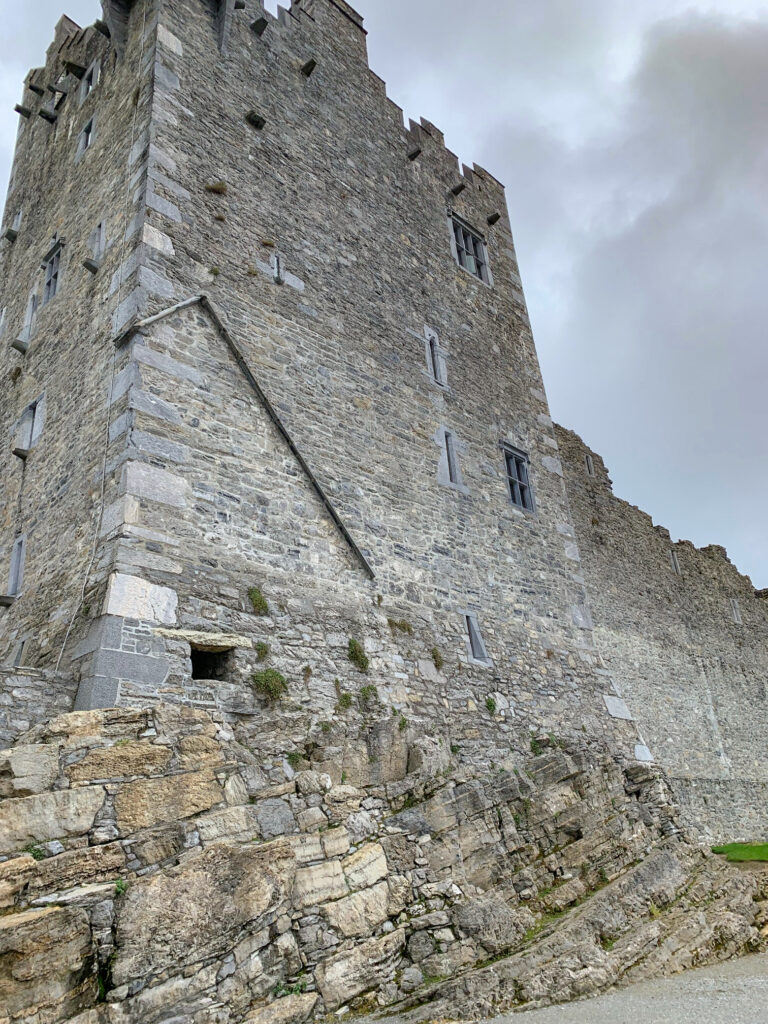
Ross Castle is a classic example of a tower house, the most common type of fortified dwelling used by Irish chieftains during the late medieval period. Designed primarily for defense, this becomes quickly apparent as you walk the perimeter: the narrow vertical slits along the walls once allowed archers to protect the castle while remaining nearly invisible to attackers.
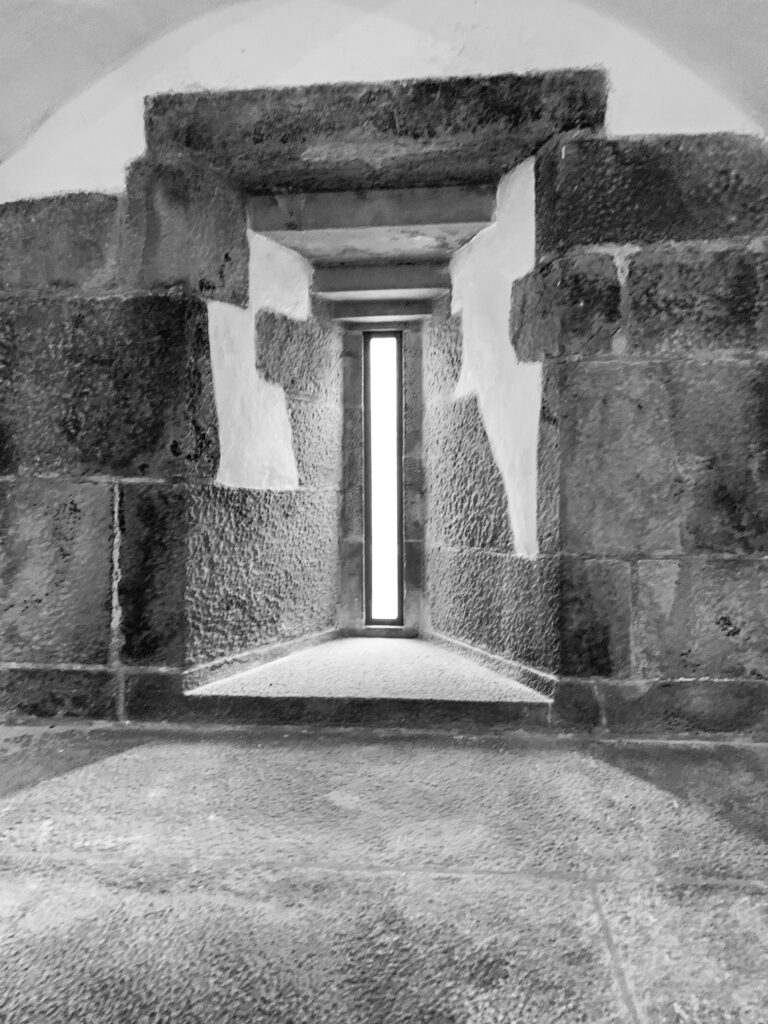
Visiting the tower house is mostly an outdoor experience. You can step inside to see the weapon storage area, the Great Hall, and the family chambers, all fascinating and well worth exploring. The interior is surprisingly vertical and compact, so keep that in mind.
For me, though, it was the scenery outside that kept calling. The castle sits right at the edge of Lough Leane, surrounded by sweeping views of the lake and the mountains beyond, a landscape so beautiful it almost outshines the history within the walls, at least for me.
I remember being fascinated by the lake. I didn’t know it at the time, but there is a definite legend that accompanies the castle. According to legend, O’Donoghue Mór, the chieftain of Ross Castle, was lifted from his balcony one May morning and carried across LoughLeane on a white horse before disappearing beneath the lake’s surface.
It’s said he still lives in a crystal palace below and rises every May Day at dawn, leading a host of shimmering attendants. Those who glimpse him are promised good fortune for life, a fitting tale for a place where history and myth flow together. As I stood by the edge of Lough Leane, I found myself thinking of my Grandma Marge, of her distinct voice as she sang “Christmas in Killarney.” In that moment, the song and the landscape seemed to fold together, like it always does for me when I am here. Maybe that’s what keeps drawing me outside in Ireland: the way the land itself feels alive with story and the quiet pull of belonging.
